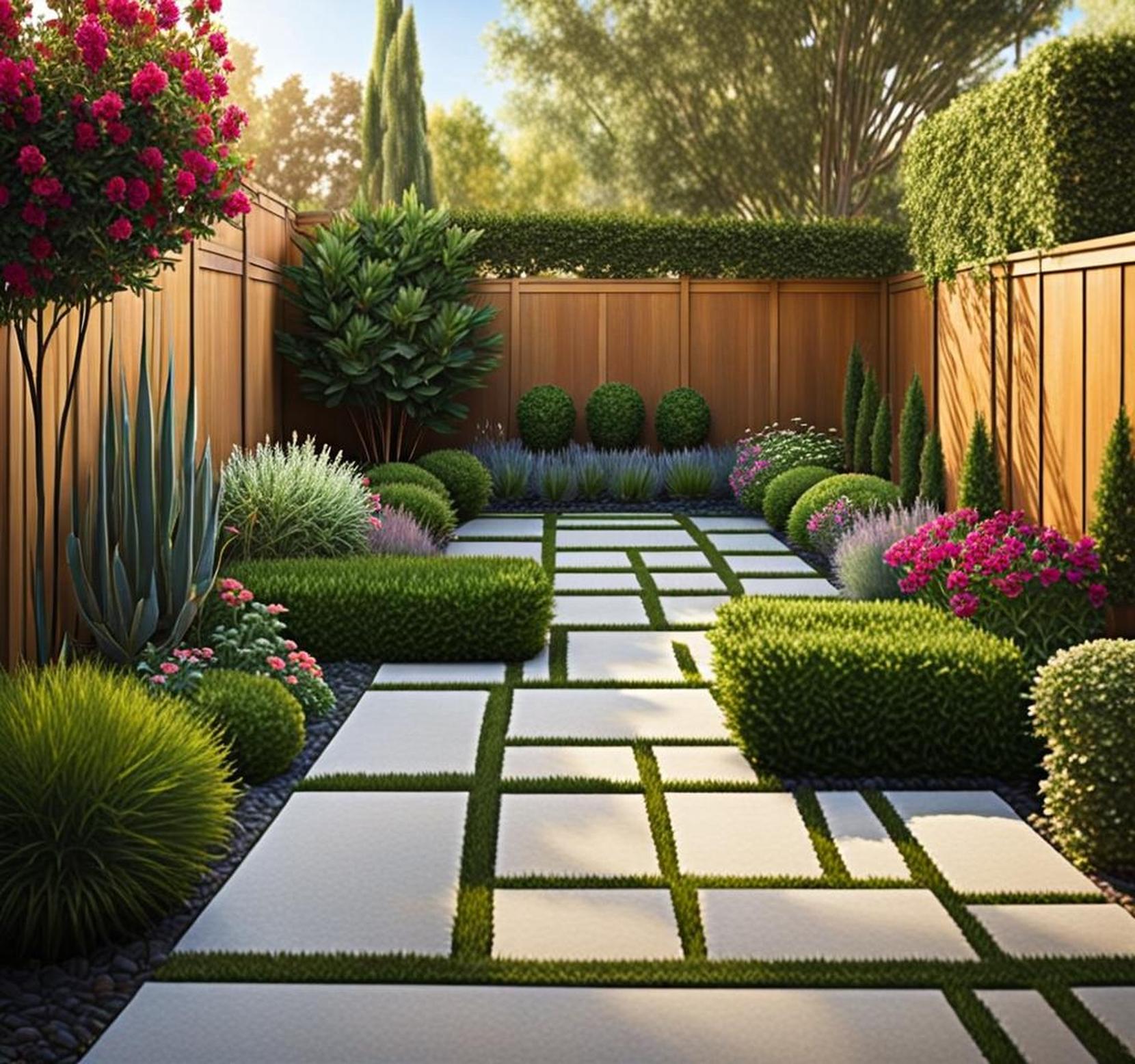Side yards are often overlooked spaces that end up overgrown and cluttered. But with some strategic planning and simple changes, you can transform your side yard into a low maintenance oasis. Whether you want to boost curb appeal or create a relaxing personal retreat, a side yard makeover is a great weekend project that will make your outdoor space more functional and visually appealing.
Follow these tips to give your side yard a new low maintenance look that takes little effort to maintain.
Take Stock of Your Existing Space
First, take a step back and analyze your side yard to identify problem areas or improvements you’d like to make. Consider the following:

- How do you want to use the space? As a veggie garden? Dog run? Personal sanctuary?
- What are the conditions like – sunlight, drainage, soil type? This will impact plant choices.
- Are there issues like erosion, overgrown plants or clutter to address?
- What hardscapes and plants are already there? Map it out.
Measure the space and jot down notes so you have a plan of action before making changes.
Remove Unwanted Elements
Now it’s time to clear out anything you don’t want to keep. This may include:
- Overgrown bushes, vines, weeds
- Old fences or structures
- Excess grass, especially on slopes prone to erosion
- Items cluttering up the space
Prune overgrown plants way back or remove them entirely. Use this as a clean slate for your new landscaping.
Choose Hardscaping Strategically
Breeze through yardwork by limiting or replacing labor-intensive lawns with hardscaping. Some top options include:
- Gravel or crushed stone pathways
- Stepping stones or pavers arranged in geometric patterns
- Poured concrete, bricks or weather-resistant decking
- Pea gravel as a no-mow alternative to grass
Position hardscapes to delineate specific spaces like a sitting area or garden bed. This also helps control erosion.
Opt for Permeable Materials
When selecting materials, consider permeability. For instance, spaced pavers allow water to penetrate into the soil compared to concrete. Permeable options help manage runoff and flooding.
Match Hardscape to Architecture
Choose materials and patterns that complement your home’s existing style – whether modern, craftsman or traditional. Simple lines work well for a minimalist look.
Select Low Maintenance Plants
Surround hardscapes with plants that can thrive with minimal care. Some top options include:
- Drought-tolerant succulents, bushes, shrubs, trees
- Native species adapted to your climate
- Ornamental grasses, which rarely need watering
- Perennials over annuals that come back year after year
- Groundcovers that spread to prevent weeds
Group plants with similar light and water needs together for ease of care. Space them properly so they don’t outgrow the area.
Add Mulch
Top dress beds with 2-3 inches of shredded bark mulch. This retains moisture, prevents weeds and gives a polished look.
Design for Simplicity
A simple, streamlined design minimizes maintenance requirements. Some ideas:
- Frame the space with uniform hedges or fences
- Repeat certain plants and materials to tie the look together
- Limit the color palette to 3-4 complementary hues
- Group plants and hardscapes in clean geometric patterns
Leave breathing room between plants and structures so things don’t feel overcrowded as they fill in.
Strategic Planting for Privacy
Tall hedges, trees or vines can help block views from neighboring windows and define the boundaries of your personal outdoor sanctuary.
Add Special Touches
Optional accents that liven up the space without adding maintenance woes include:
- Sculptural elements like spheres, art or pots
- Container plants mounted on walls or fences
- Small water feature like a fountain or bird bath
- Mosaic-tiled bench or table
Update accents seasonally to refresh the look as needed.
Work With Your Landscape
Tailor the design to suit the physical characteristics of your yard. Some ideas:
- Terrace a slope with retaining walls
- Use groundcovers to stabilize soil
- Add a walkout or pergola if the yard is narrow
- Go urban with pavers, gravel and contemporary planters
This prevents erosion and maximizes usable space in challenging configurations.
Drainage and Grading
Ensure proper drainage to keep the space from becoming a muddy mess. Grade the yard to channel water away from foundations and structures.
Maintain the Space
Keep your low maintenance yard looking great with minimal effort:
- Annual mulching
- Selective pruning and thinning plants
- Weeding and edge trimming as needed
- Sweeping debris from hardscapes
- Removing fallen leaves and deadheading spent blooms
Promptly address any problem areas before they get out of control. Then relax and enjoy your yard!
With strategic planning and material selection, you can create a side yard oasis that thrives with minimal upkeep required. The result is an outdoor space that looks cared for and inviting year-round.
Follow these low maintenance tips and soon you’ll have the yard of your dreams with more time to actually relax and entertain in it.
